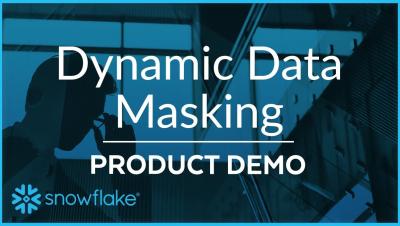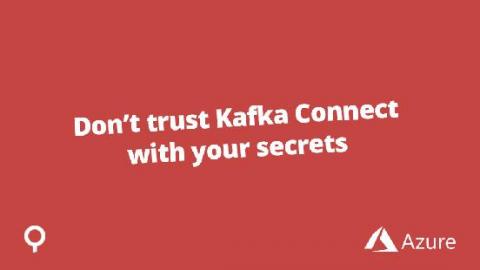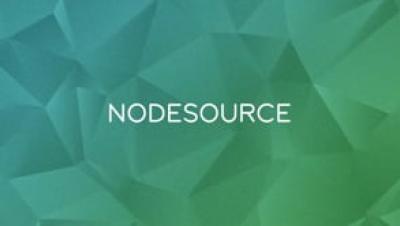Systems | Development | Analytics | API | Testing
Security
Auto-TLS in Cloudera Data Platform Data Center
Wire encryption protects data in motion, and Transport Layer Security (TLS) is the most widely used security protocol for wire encryption. TLS provides authentication, privacy and data integrity between applications communicating over a network by encrypting the packets transmitted between endpoints. Users interact with Hadoop clusters via browser or command line tools, while applications use REST APIs or Thrift.
'Data On-Prem' Means SaaS Agility And On-Premise Control
Today, we’re excited to announce Data On-Prem for development teams that operate in data-sensitive environments. This new feature truly lets you have the best of both worlds, by enabling large enterprises to leverage Rookout as a SaaS offering, while also meeting the rigorous governance and control requirements that these companies often face.
Ways to Ensure App Security With Java Features
As important as adding new features, app developers need to start placing more emphasis on the security aspect of the applications they design. After all, more app features mean more data residing within an app. Without proper security controls in place, that data can be vulnerable to intruders.
Snowflake Service Account Security: Part 2
In Part 1, we covered the high-level objectives and methods for attacking service accounts. In Part 2 we discuss defense-in-depth mitigations to those methods. By the end of this blog, you will be able to apply secure-by-default mitigations to threats impacting Snowflake service accounts. The following table from Part 1 highlights the objectives and methods we want to mitigate: These secure-by-default mitigations help prevent and constrain credential misuse from theft and guessing attacks.
Access Control Lists with Kong
Access control is an important function in our daily lives. Access control is provided in many different realms. For example, a physical door, a software program, or an API. Access control simply means that you are controlling who/what can access something. We’re going to focus this discussion around access control for an API. Businesses benefit from providing APIs to their internal (and external) developers.
Don't trust Kafka Connect with your secrets
Open source is great but sometimes it misses the mark for security at enterprise levels. Take Kafka Connect, I’ve built a few connectors in my time and prior to its introduction to Apache Kafka back in 2017 I used other hand cranked pieces of software and security was always a primary concern. One feature that will quickly put a blocker on your project being successful is not reaching production. There’s a number of reasons for this but high up, usually top, is security.
Snowflake Service Account Security: (Part 1)
This blog post series will put you in the mind of a defender. In cybersecurity, being a good defender means thinking like an attacker. Part 1 of this blog will focus on understanding why service accounts are excellent targets in the mind of the bad guys, and the threats and attacks a bad guy may use. In Part 2, we’ll lay out how to mitigate the threats and defend against these attacks using the tools Snowflake Cloud Data Platform gives you.
NSolid - The Node.js Enterprise Runtime
That 3am security call about Apache Kafka...
If you have worn the Platform or Security Engineer badge, or if you have a Sec/Ops role, you might have experienced something like this at some point in your career. Hopefully not. You receive a call at 3am, it’s your SOC, something’s not right. Oh sh*t! There’s unidentified traffic on the network from an unknown host and it’s communicating with a remote server. Sounds like a Level 3 exfiltration. It’s gonna be a long night.










